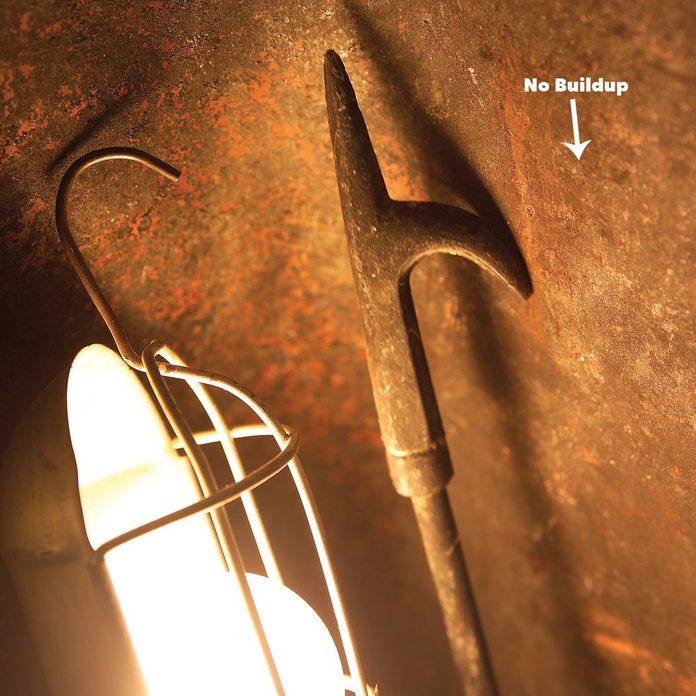Getting your home in shape for cooler months isn't rocket science. Set aside some time now to complete these simple tasks so you can rest easy, knowing you're prepared.
15 Home Maintenance Tips for the Fall Season

Three Easy Winterization Steps for Your Lawn Tractor
Before your tractor hibernates for the winter, take a few minutes to prevent springtime troubles.
- Moisture inside an unused engine leads to corrosion. ‘Fogging’ the engine—spraying an oily mist into each cylinder—prevents this. All you have to do is remove the spark plugs and blast in some aerosol fogging spray (sold at auto parts stores). Then reinstall the spark plugs.
- Storing a battery that isn’t fully charged can lead to permanent damage, especially in cold weather. Connect the battery to a battery charger and charge it until you get a reading of 12.7 volts.
- Stored gas will slowly gum up the whole fuel system, and the repairs can be expensive. So add a fuel stabilizer such as STA-BIL or Seafoam to the gas tank before winter. (Adding stabilizer to your gas can year-round is also a good idea.) But remember that stabilizers aren’t effective in gas that contains ethanol. If you don’t know whether the gas contains ethanol, run the engine until the tank is empty.
Another tip: Cover the air intake and exhaust openings with plastic wrap or aluminum foil to keep critters from homesteading in your engine over winter. Here are some more neat ways to use plastic wrap.
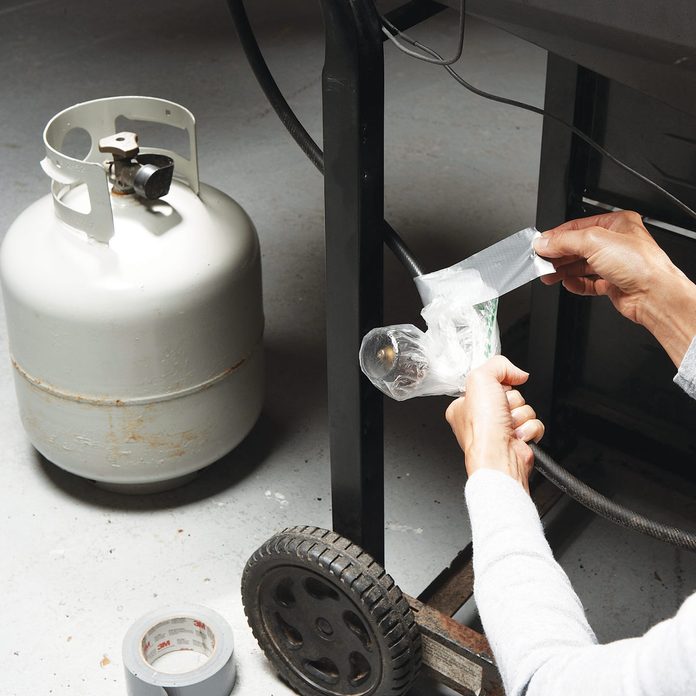
Winterize Your Gas Grill
If you’re not a winter griller, now’s the time to pack away your grill before it’s covered with a foot of snow. In addition to giving your grill a thorough cleaning to remove grease and food scraps, take these steps to help prevent any unpleasant surprises when you fire up your grill again next spring.
Shut off the gas at the LP tank, unfasten the burner, slip the gas tubes off the gas lines and lift out the unit. Coat the burners and other metal parts with cooking oil to repel moisture that can build up over the winter and to prevent rust. Then wrap the burner unit in a plastic bag to keep spiders and insects from nesting in the gas tubes during the winter. This is a common problem that can make for balky starts, uneven flames or even a one-alarm fire the next time you light your grill.
If you’re storing your grill outside during the winter, just keep the propane tank connected (but shut off) and put a protective cover over the entire grill when you’re done cleaning it. If you’re storing the grill indoors, don’t bring the tank inside, even into the garage or a storage shed. A small gas leak can cause a huge explosion if the tank is stored in an enclosed space. Instead, disconnect the tank and store it outside in an upright position away from dryer and furnace vents and children’s play areas. Tape a plastic bag over the grill’s gas line opening to prevent insects from nesting.

Winterizing a Sprinkler System
You can pay the irrigation company every year to blow out your sprinkler system, or you can use your air compressor and do it yourself. You just have to be careful not to leave any water in the line or it might freeze over the winter and burst a pipe. Also be aware that even the largest home compressor isn’t powerful enough to blow out the entire system at once, so you’ll probably have to blow it out zone by zone.
If you’re into number crunching and you have the original irrigation layout showing the gallons per minute (gpm) of each sprinkler head, just divide the total gpm of each zone by 7.5. That’ll give you the cubic feet per minute (cfm) your compressor needs to blow out the zone. Otherwise, just rent a 10-cfm compressor and hose from your local tool rental center.
Set the compressor air pressure regulator to a maximum of 80 psi for rigid PVC pipe systems, or 50 psi for flexible black polyethylene pipe. Then turn off the water supply and set the system timer to open just one zone. Next, open the manual drain valve at the end of that zone (if equipped).
Close off both valves on the backflow preventer. Then remove the plug on the blow-out port and screw in a quick-connect hose adapter. Snap on the air hose and connect the other end to the compressor (see photo). Then blow out the line. The heads should pop up and spit out water. Disconnect the hose as soon as they run dry.
Don’t overdo the blow-out—without water cooling the plastic gears, they can melt in less than a minute. So move on to the next zone and allow the heads to cool. Then go back and blow out each zone a second time.
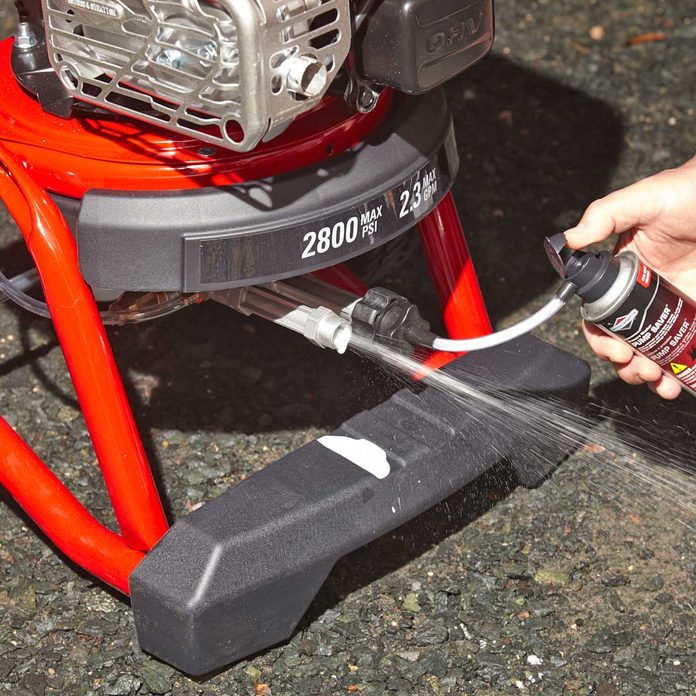
Winterize Your Pressure Washer or Ice Might Destroy It
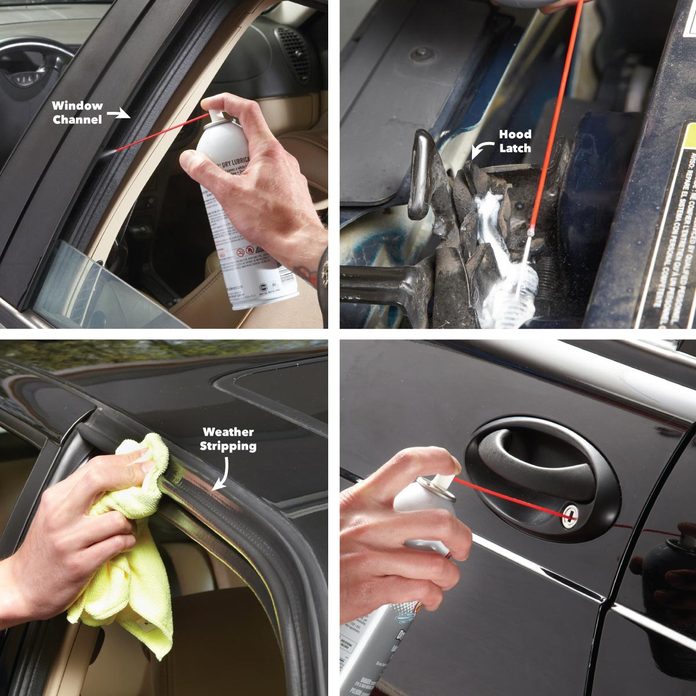
4 Critical Places to Lube Your Car Before Winter
When cold weather is right around the corner, that’s the time to get your car ready for winter driving: lube locks, latches, hinges, window channels and weather stripping. Proper lube can prevent binding and freezing and save you the cost of a busted regulator. You can lube your entire vehicle in less than 20 minutes. All you need is dry Teflon spray, spray lithium grease, a rag and glass cleaner.
Start with the window channels. Lower the window glass and shoot dry Teflon spray down the front, rear and top window channels on each door. Soak the channels. Then run the window up and down several times to spread the lube. Finally, raise the window and clean off overspray with glass cleaner.
Then shoot the door and trunk/hatch lock cylinders. Use the spray straw to force the lock ‘door’ open. Then inject a quick shot of dry Teflon spray into the lock cylinder. Insert your key and rotate the lock to spread the lube.
Next coat all the weather stripping with dry Teflon spray. Then spread it with a cloth. Finish the job by lubing the hood, trunk or tailgate latches with lithium grease. Then spray the door hinges. Operate the latches and doors several times to spread the grease. Here are 10 best practices for winter driving to help you feel confident and keep you safe out on the road.

Weatherstripping is Easy
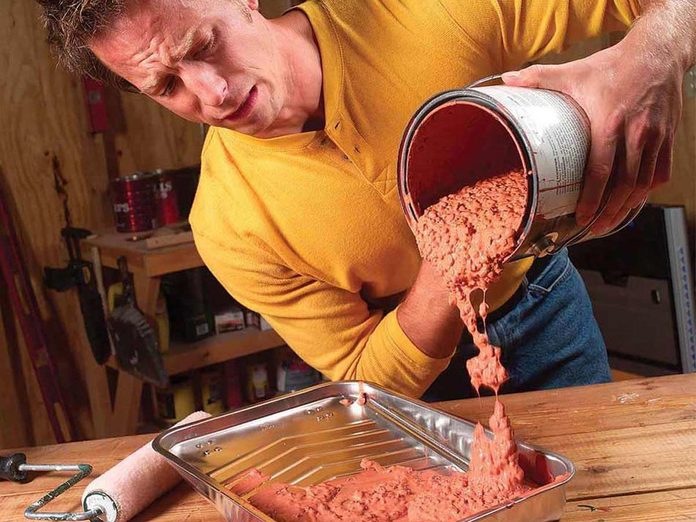
Extreme Temperatures
Paint doesn’t handle extreme temperatures very well. So, if you live in a cold climate, add this to your fall chore list: Bring the latex/acrylic paint into the house. And while you’re at it, don’t forget the latex caulk. Freezing ruins both latex paint and caulk.
Another temperature-related painting mistake is painting when it’s going to freeze. Paint can’t dry properly in freezing temps. It will only dry partway and will easily come off when touched. At the other end of the thermometer, painting a hot surface is also a bad idea. The paint starts to dry before you can spread it evenly and can bubble and slough off. Plan your painting to avoid direct sun if possible. Or at least try to paint south-facing walls in the morning or evening when the sun is less intense.

Protect the A/C Compressor or Risk Damage From a Falling Icicle

Get Your Property Ready for Snow
Before the snow flies, take a few minutes to inspect your property. Remove rocks, dog tie-out cable, extension cords, holiday light cords and garden hoses. Then stake out paths that run near gardens so you don’t accidentally suck up rocks and garden edging. Mark your walk and driveway perimeters by pounding in driveway markers. If the ground is frozen, just drill a hole using a masonry bit and your battery-powered drill. Here’s 10 more drill hacks you probably didn’t know.
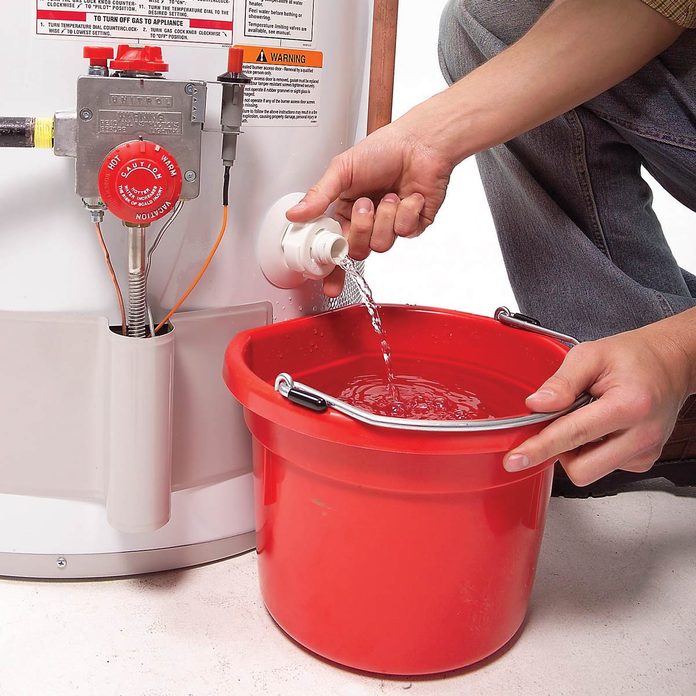
Check Your Water Heater

Clean Weep Holes
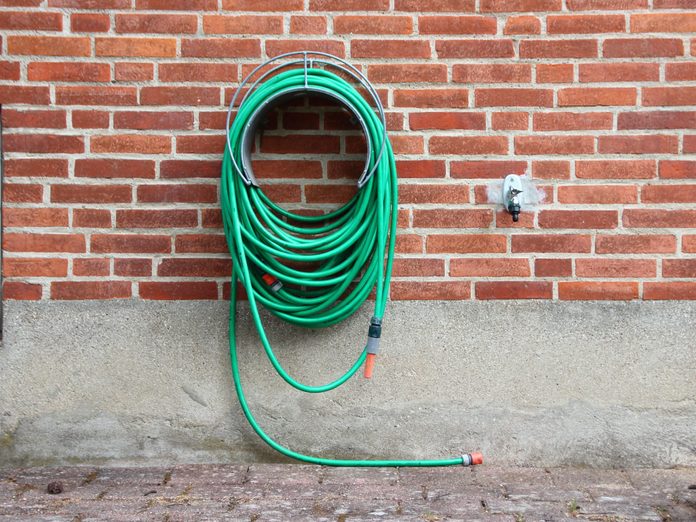
Drain Garden Hoses or Waste Money on Replacements

Gutter Cleaner
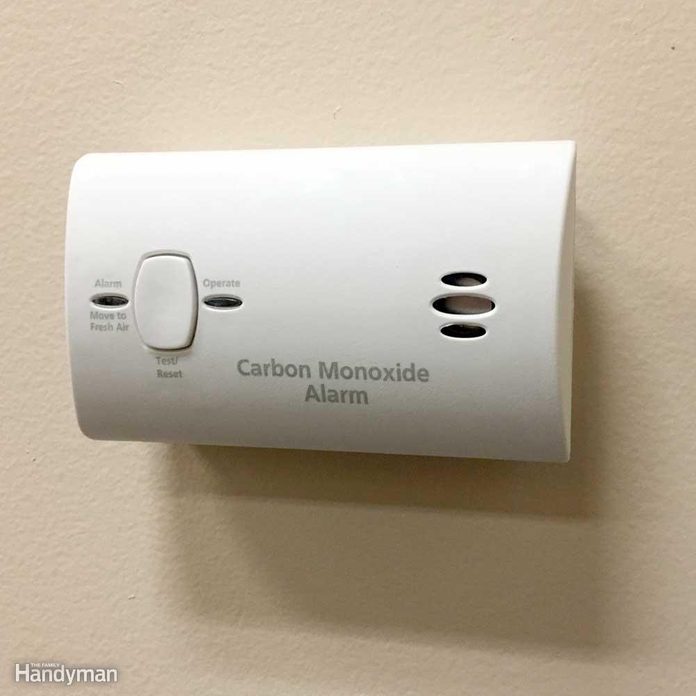
Carbon Monoxide Season
